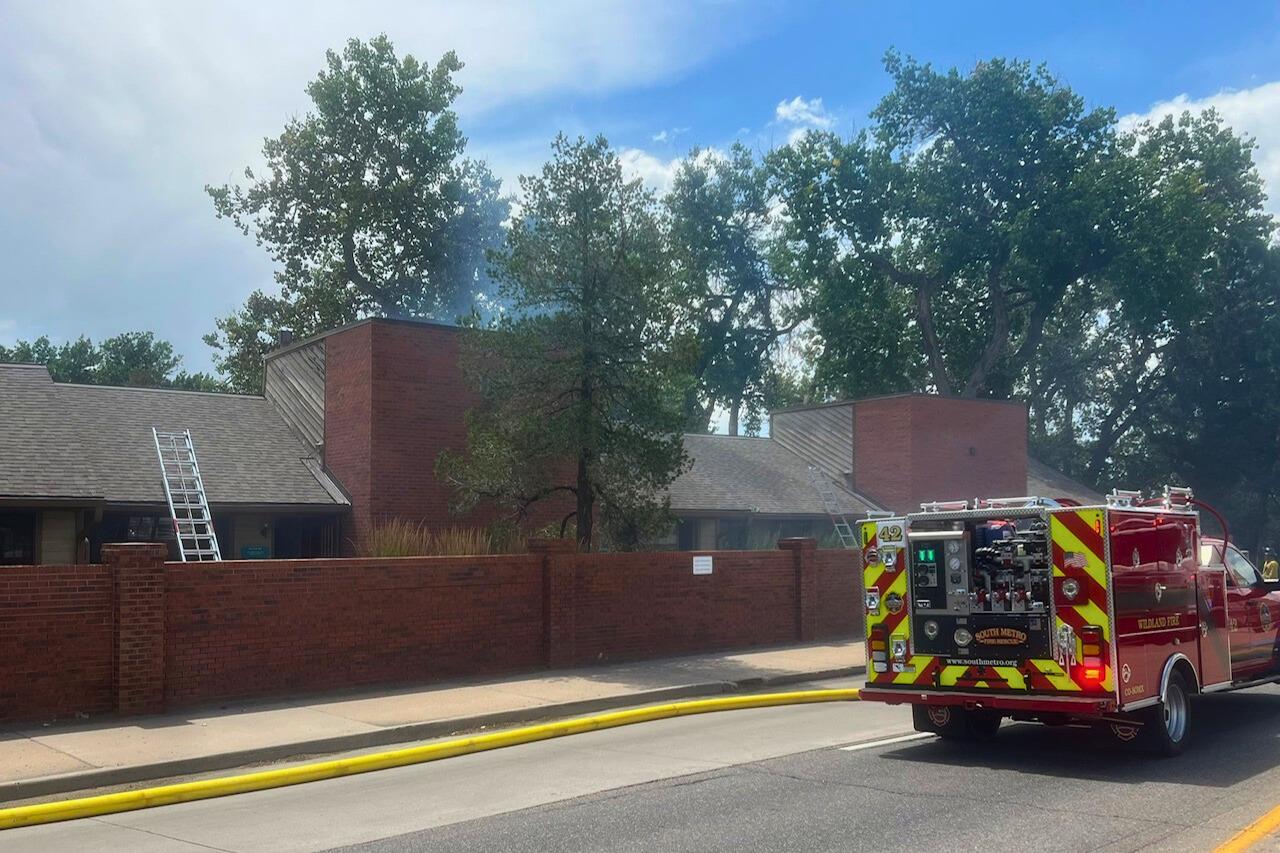
Over the course of four hours of testimony, advocates called it a “monumental, fundamental shift” in how Colorado allocates money to schools and a “once in a generation” opportunity to do right by Colorado kids.
A bill sponsored by state Rep. Dave Young and backed by 171 of Colorado’s 178 superintendents would fundamentally change how the state distributes money to its schools. Those high stakes led Young, a Greeley Democrat, to ask the House Education Committee Monday to postpone a vote on the bill.
The proposal faced skepticism from Republicans and Democrats alike, though for different reasons, and Young said the superintendents had worked too hard on the proposal to field amendments on the fly.
No date has been set for when the House Education Committee will vote on the bill, and if it makes it out of the Democratic-controlled House, it faces worse prospects in the Republican-controlled Senate. If this new distribution formula becomes law, it’s still dependent on voters approving a statewide tax increase to add an extra $1.6 billion to K-12 education. Voters have twice before rejected tax increases to pay for education.
The proposal calls for a “student-centered” distribution model to replace the state’s school finance formula created in 1994. At its most basic, this approach gives districts and schools more money for students who have more needs, whether that’s learning English or being gifted and talented or both.
Colorado’s current funding model already gives schools more money if they have more students who qualify for free lunch, a proxy for poverty. The state formula also includes factors like cost of living and personnel costs. But money for students with disabilities, students who are gifted and talented, and students who are learning English is in a separate pot that doesn’t increase based on population growth and isn’t part of per-pupil funding.
Applying this new funding formula without more money in the system would result in some districts losing millions of dollars. Additional funding would mean that every district would get at least as much money as it gets now, and many districts would see substantial increases.
Superintendents, school board members, and advocates for children told the committee the additional money is necessary to serve all students adequately.
Superintendent Walt Cooper of the Cheyenne Mountain district in Colorado Springs called it a “fundamental, monumental shift in our understanding of what it takes to educate students to the best of their potential.”
Nicole Daddio, an occupational therapist in Denver Public Schools, said she cannot recommend the most appropriate therapies to the students with whom she works because there’s not enough money. That means they cannot reach their full potential, she said.
Republicans asked what improvements in test scores, graduation rates, and English proficiency voters could expect if schools got more money. They also questioned why, if the funding proposal is fairer, it shouldn’t be adopted even if there isn’t more money.
“At the end of the day, equity is equity, and if we have a formula that is modernized and takes into account best practices and is based on data, shouldn’t we be putting that into place regardless of dollars?” asked state Rep. Lang Sias, an Arvada Republican.
Young said no one wins if some students get less money than they get now.
“I don’t want to pit student against student,” he said in an interview after the meeting. “It’s not right to impose that on families because we are not willing to put more money in the system.”
Rob Sanders, superintendent of the Buffalo RE-4J district in Merino in northeast Colorado, said the proposal would bring Colorado to just below the national average for per-pupil funding.
“We didn’t shoot for the moon,” he said. “We’re not asking for Massachusetts kind of money.”
Bret Miles, executive director of the Northeast Colorado Board of Cooperative Educational Services, said he “could not imagine” a scenario in which more money does not lead to higher student achievement.
“The very first thing we do for a turnaround school is dump money into that school,” he said.
Democrats thanked the superintendents for the work they had done to raise awareness about the need for more school funding. Their concern is that this bill addresses just one aspect of Colorado’s school finance dilemma.
The interaction of certain provisions in the state constitution have ratcheted down local property taxes in some districts. Other districts have the capacity to collect more local taxes but choose to let the state backfill their base funding.
An interim school finance committee met during the off-season to work toward solutions to some of these problems. But that group – several of whom are also on the education committee – isn’t expected to recommend legislation until the fall, which would then be taken up during 2019 legislative session.
“I just worry that we’re going to complicate a very complicated situation without solving the fundamental problem,” said state Rep. Brittany Pettersen, chair of the education committee.
This is the same concern that led state Rep. Millie Hamner, Young’s colleague on the Joint Budget Committee, to decline to support his effort.
“My reluctance to support the school finance formula bill at this time stems from my interest in solving the broader problems of school finance and in involving stakeholders in this work,” she wrote in an email earlier this year. “Unless we are willing to work together toward solving the inequities in the funding of our schools, I don’t see much urgency in addressing the formula changes.”
State Rep. Alec Garnett, a Denver Democrat who chairs the interim school finance committee, said the solution on school finance needs to be one that serves not just the needs of students today but the needs of students decades from now. That the current school finance formula has stood since 1994 shows that it won’t be easy for future legislators to fix any problems in what gets decided now.
“What was loud and clear today is that our system is underfunded,” he said. “What people are not talking about is whether this formula adequately meets Colorado’s expectations going out 20 years.”
Chalkbeat is a nonprofit news site covering educational change in public schools.












